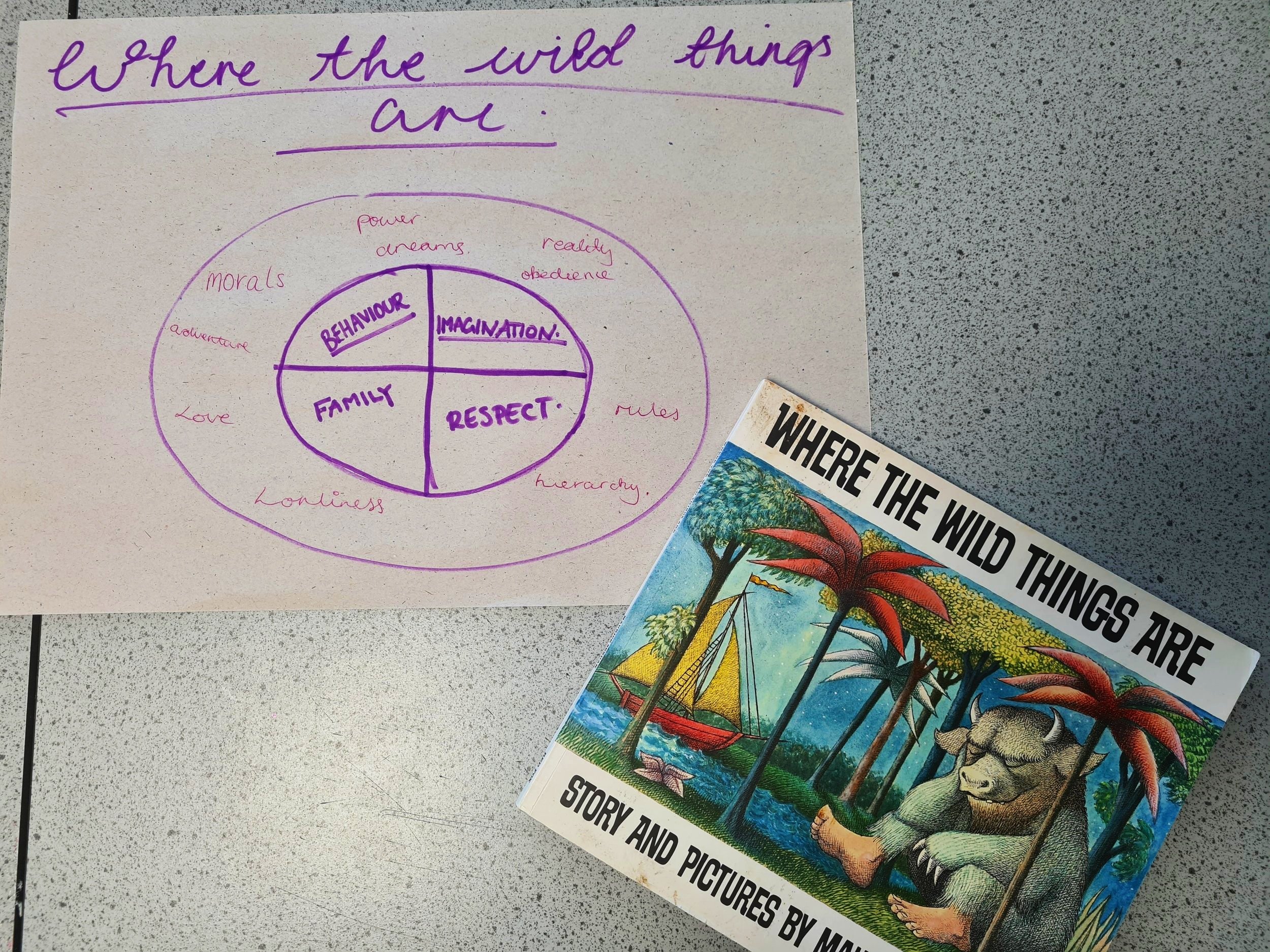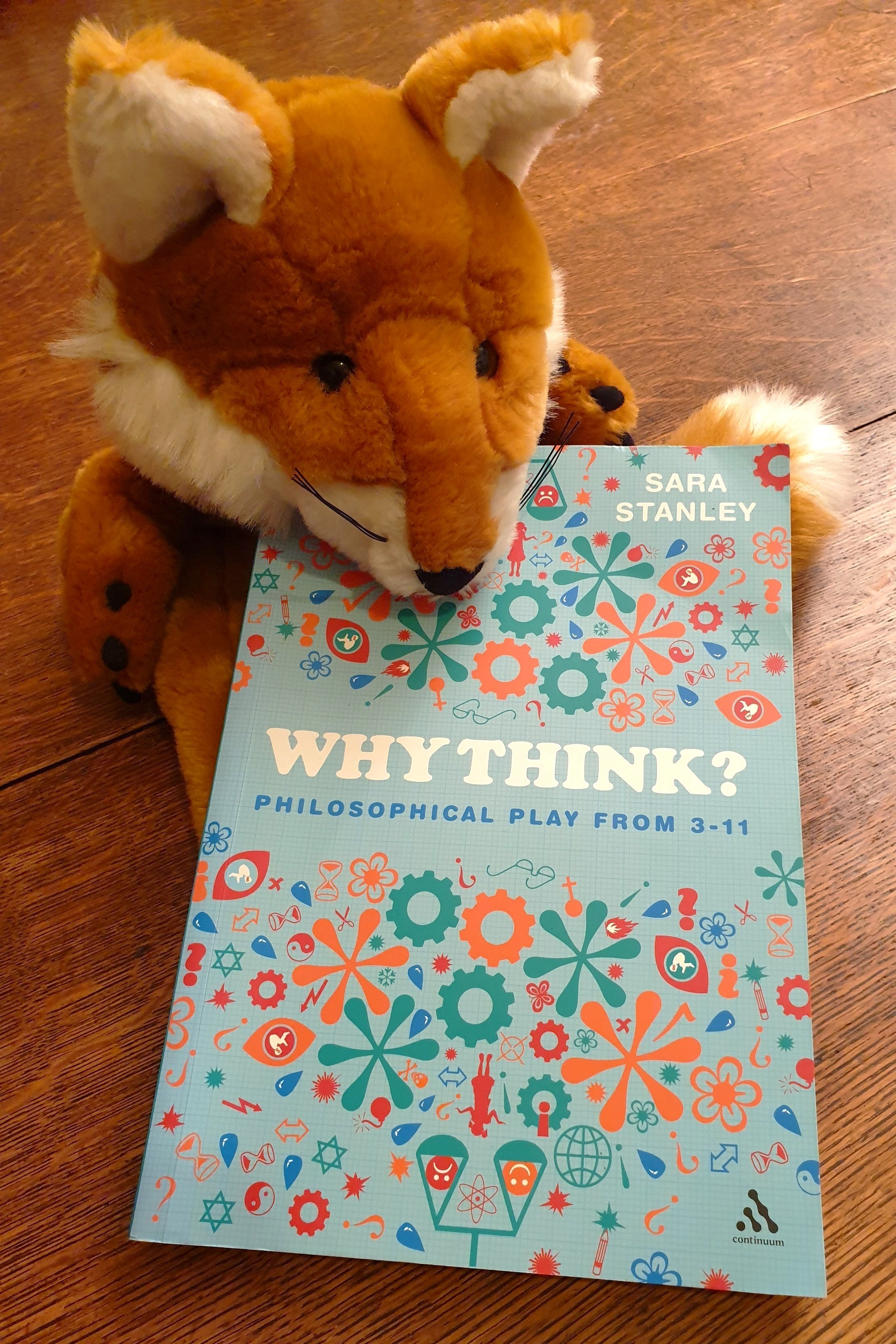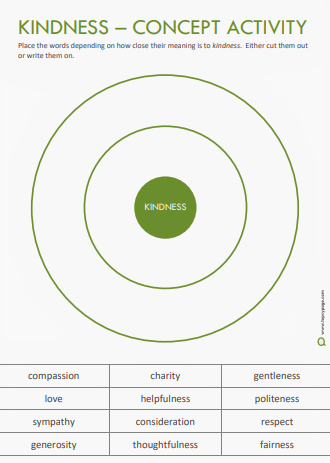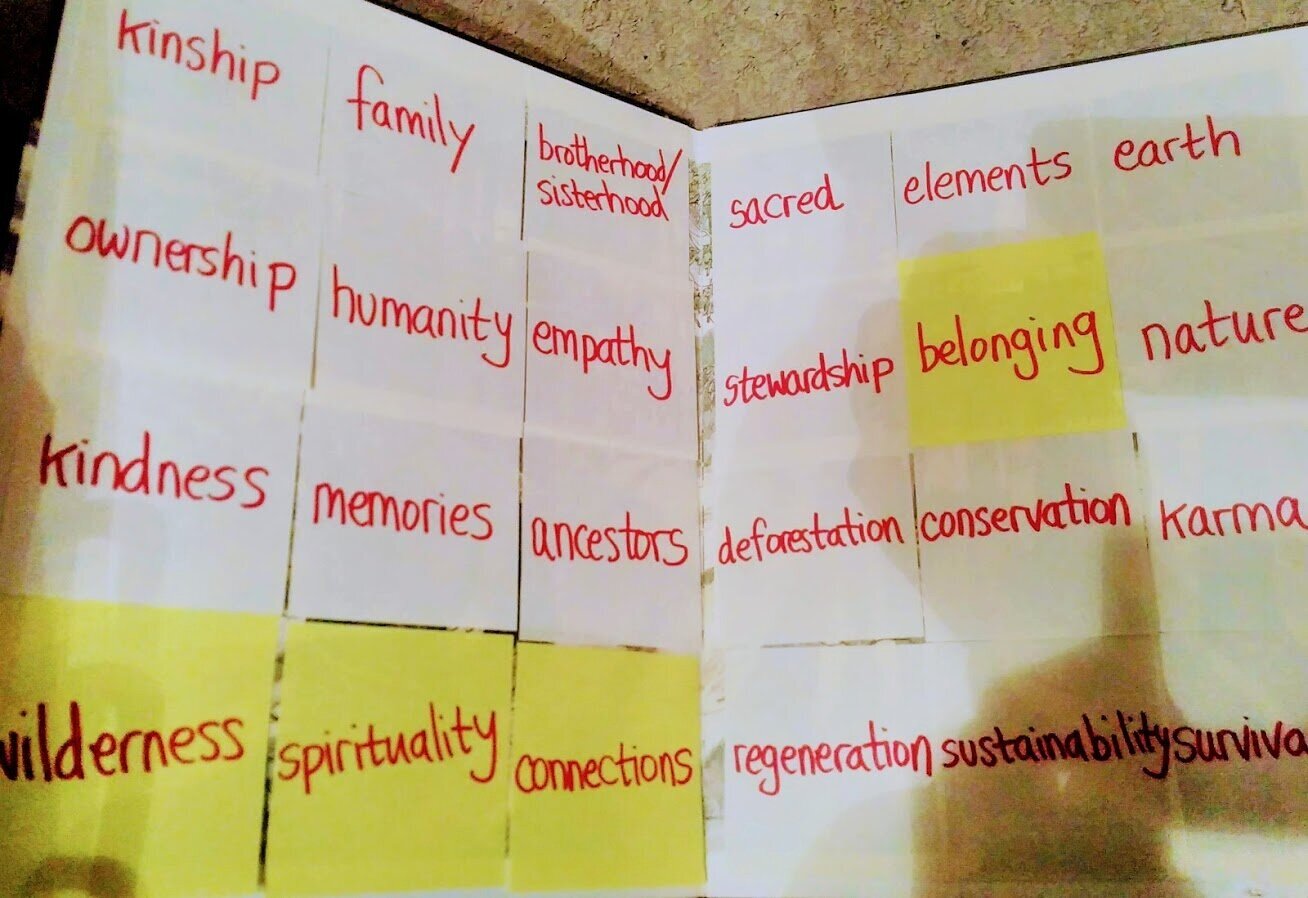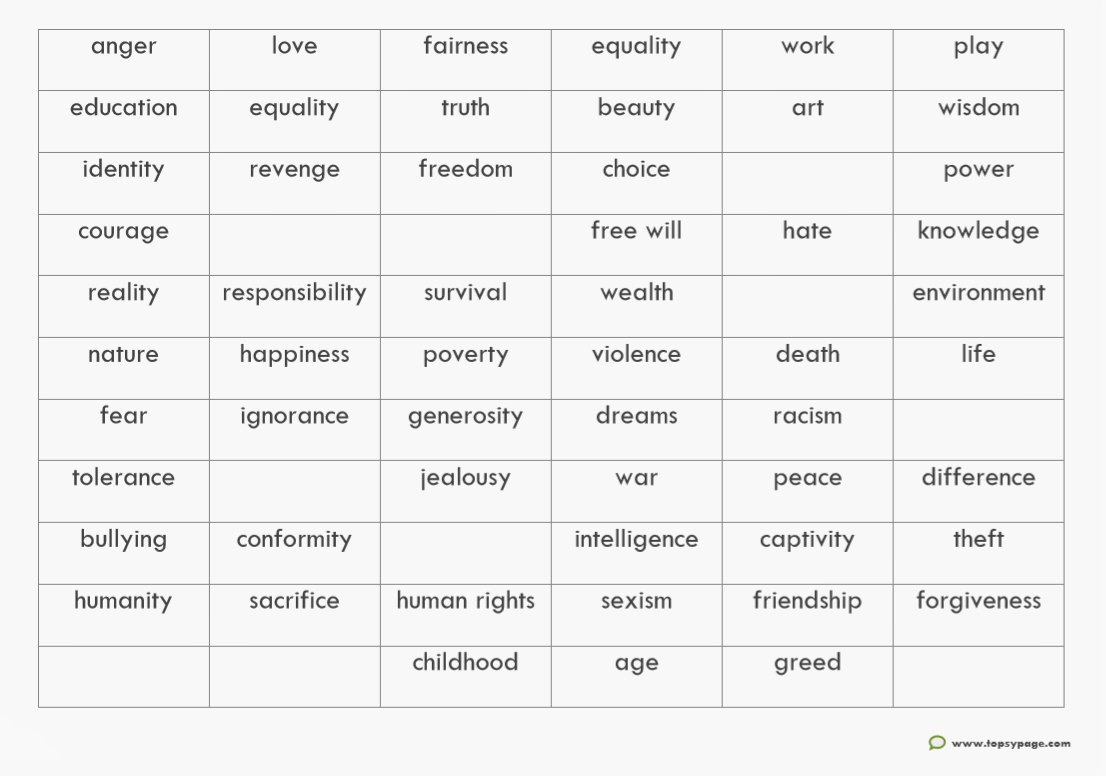Concept Collision helps us to understand two similar concepts more fully. This resource is a ready-to-use example. The overlapping Venn diagram helps pupils to think about which examples might be only adventure, or only bravery, and which might be both – or neither.
Where would you or your pupils place the examples?

Concept Collision
Something I like about the updated SAPERE Level 1 P4C training is the distinction between philosophical enquiries and philosophical exercises. Concept-stretching activities like Concept Collision can form part of a repertoire of philosophical exercises that you can use across the curriculum to develop thinking.
Meanwhile, here are three more pairs of concepts which you could explore using Concept Collision:
happiness-contentment
kindness-compassion
technology-development

Are these examples of adventure, bravery, or both?
Packed with example discussion scenarios, this book will help you raise your facilitation game
Full of practical ideas and lovely examples of children’s words; I recommend this book
Get students to think and talk about new words in the context of what they are learning
Help your pupils explore the 2021 theme, One Kind Word
A list of positive ideas including compassion, hope, and celebration - for use in P4C or circle time
Try using a well-known story such as Goldilocks and the Three Bears as a stimulus for classroom talk or P4C
A professional development opportunity for P4C leads and teachers on Thursday 24th September
A simple way to help learners structure their talk, thinking and note-taking.
A way to explore the key concepts in a stimulus and enable children to practice building on others’ ideas.
One aspect of P4C which often gets missed is to identify the key concept in a question and then stretch it or explore it more to deepen understanding.


